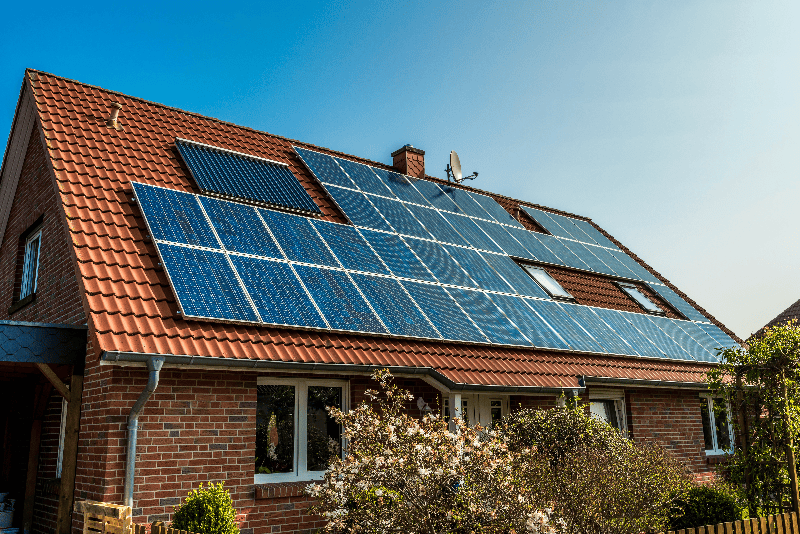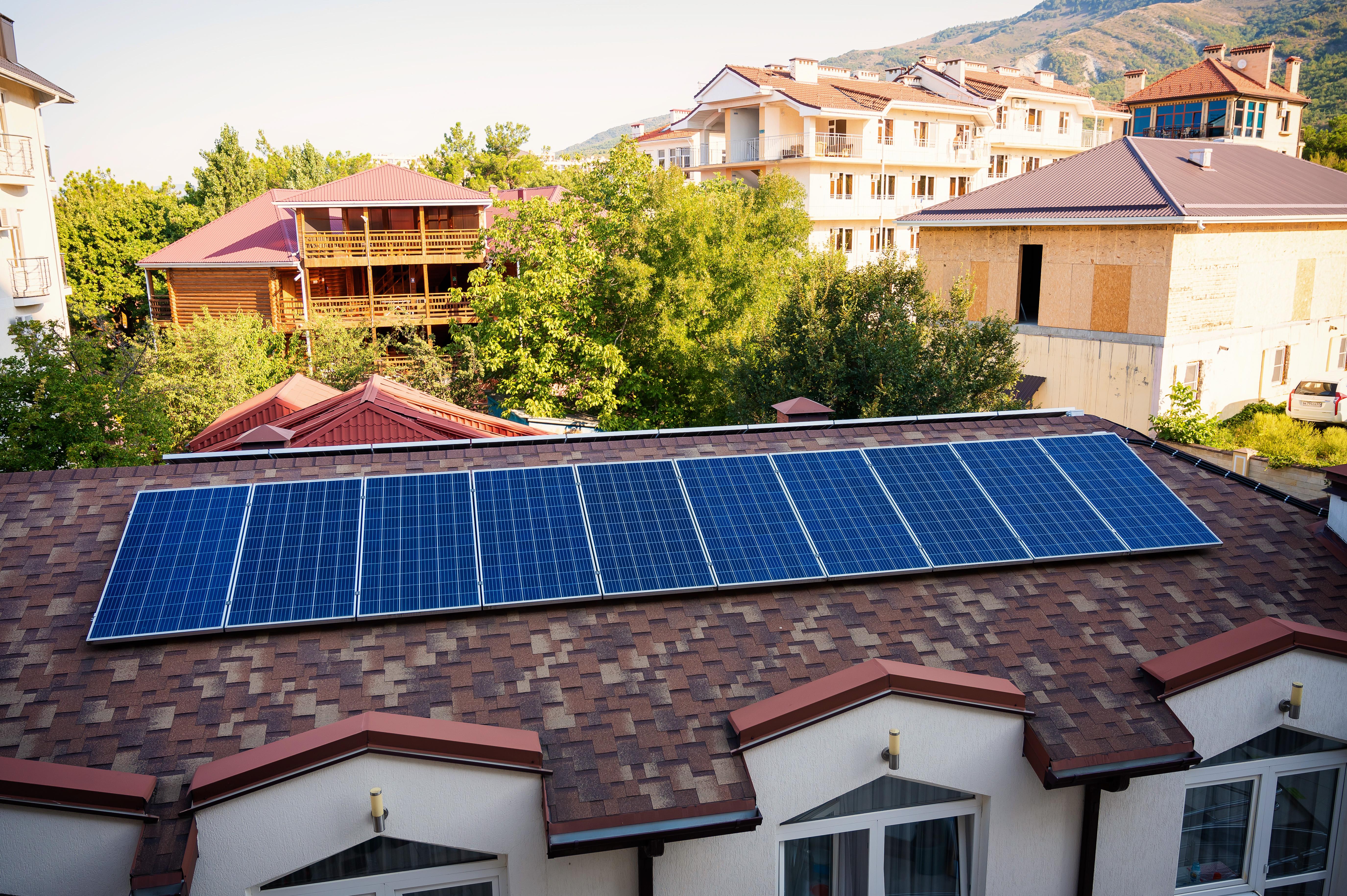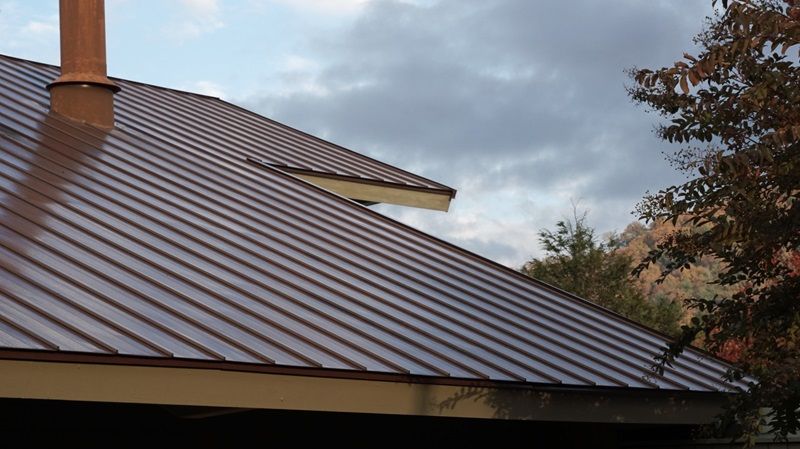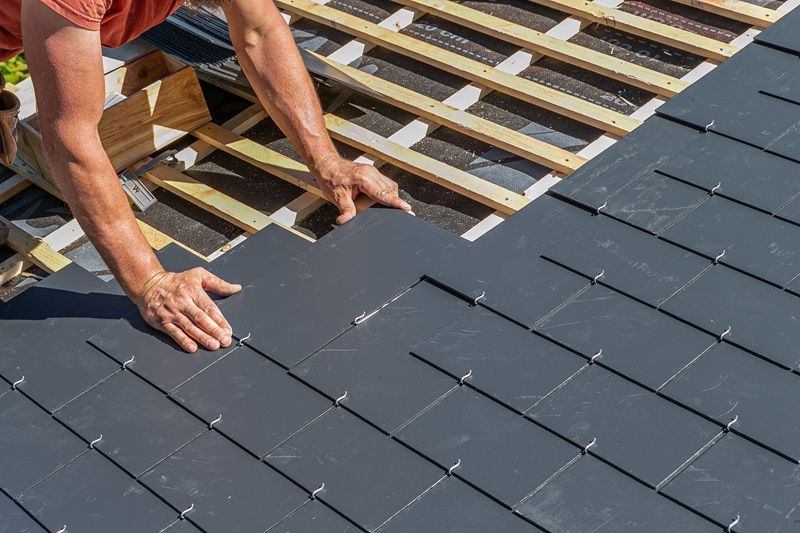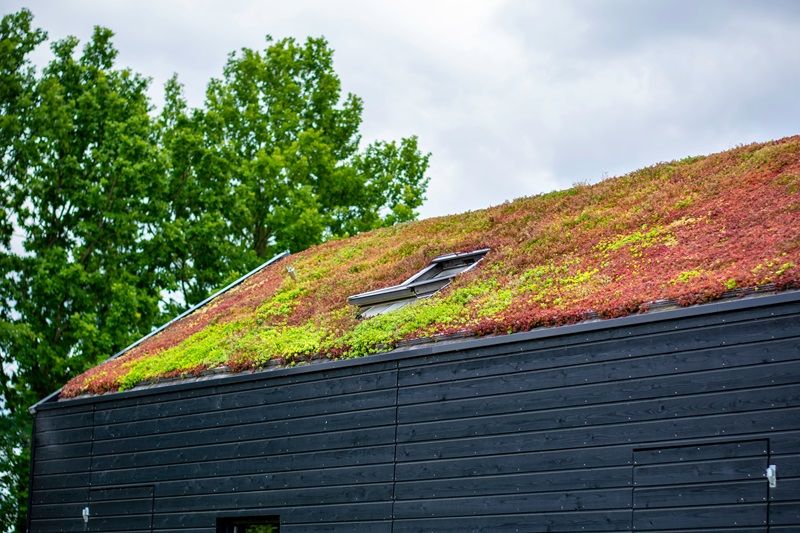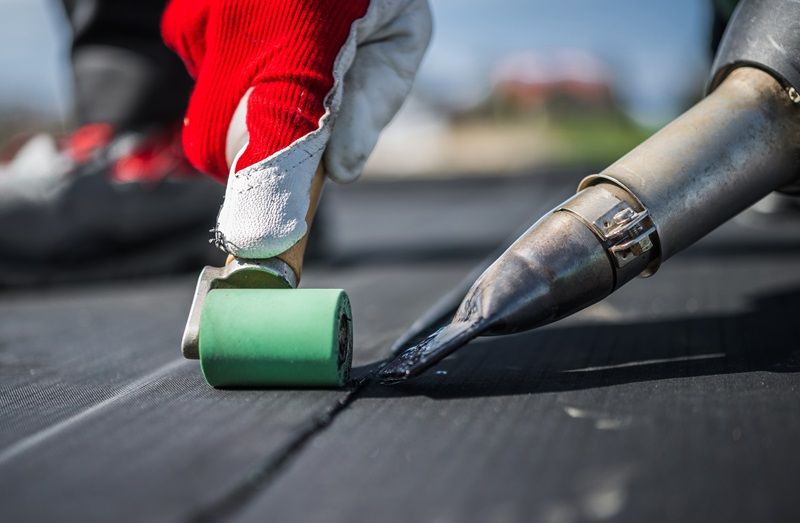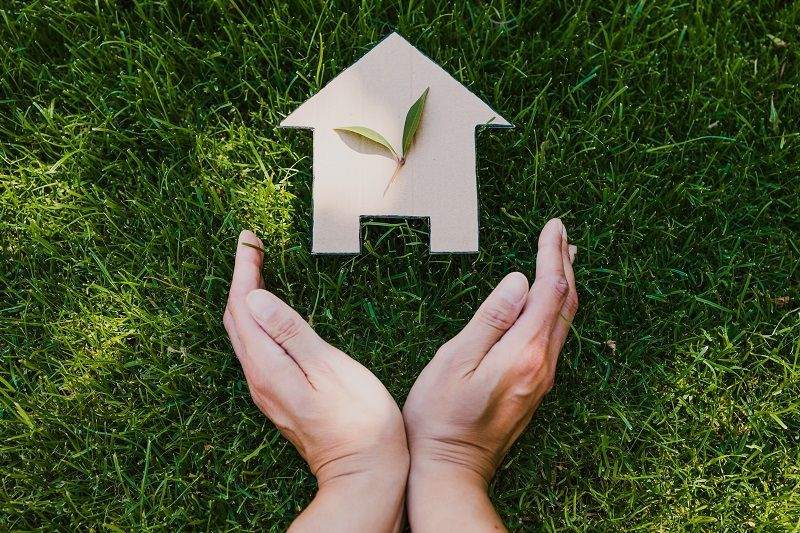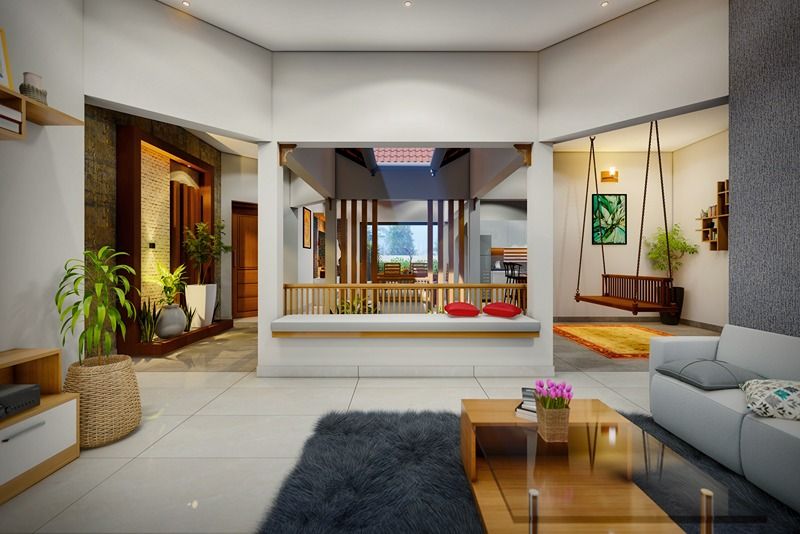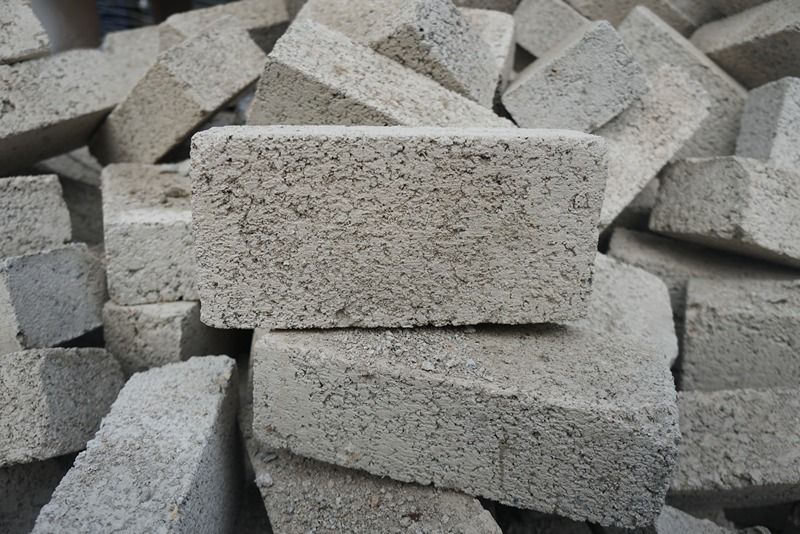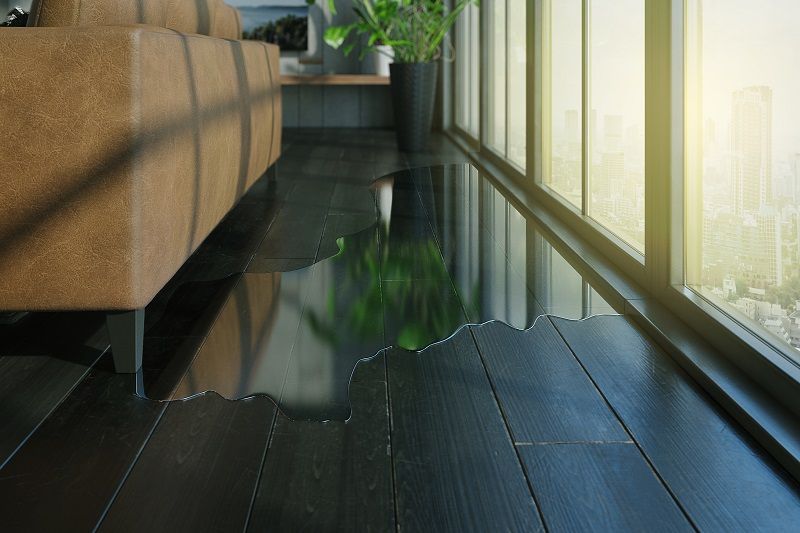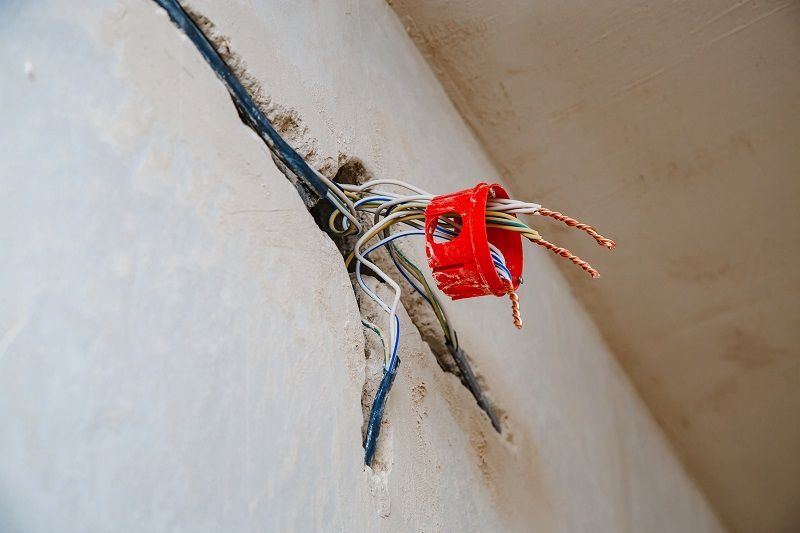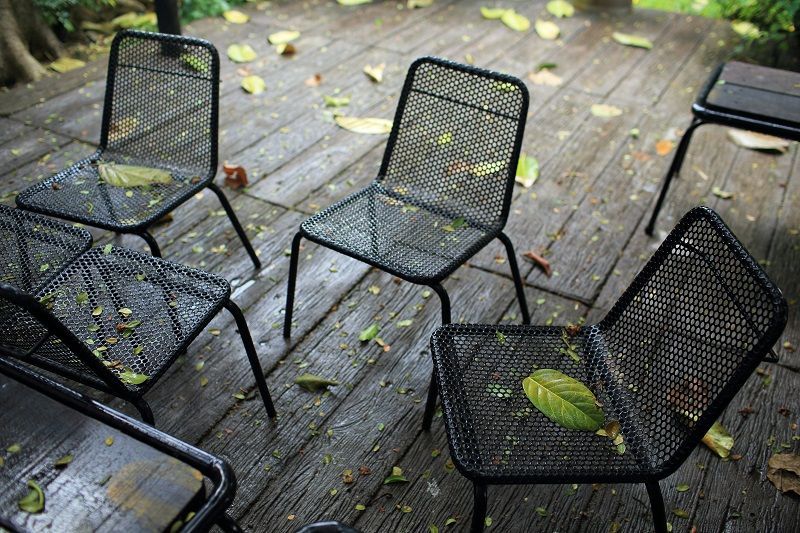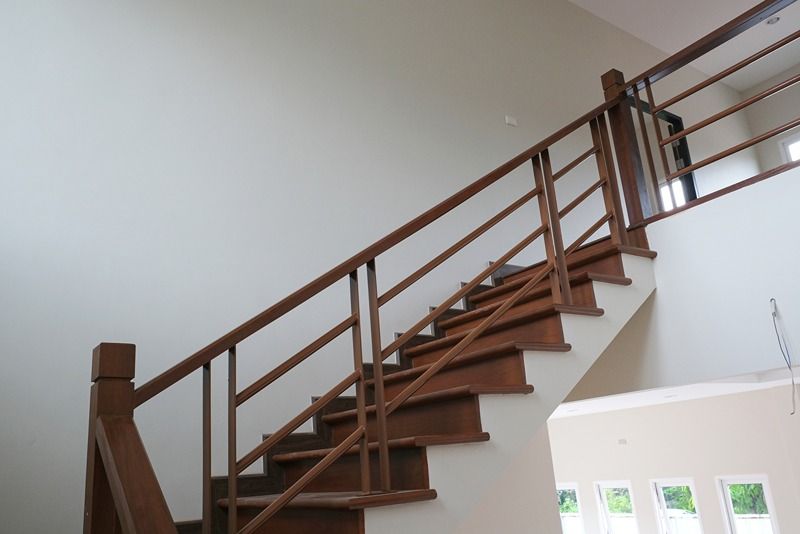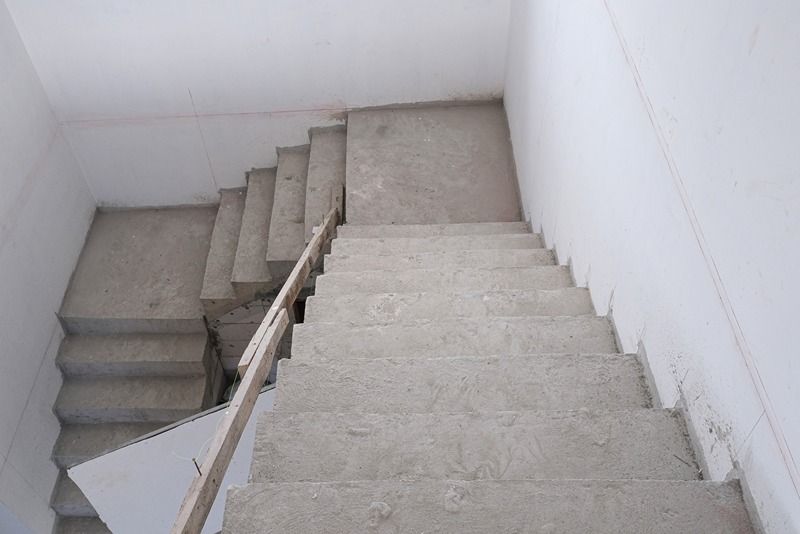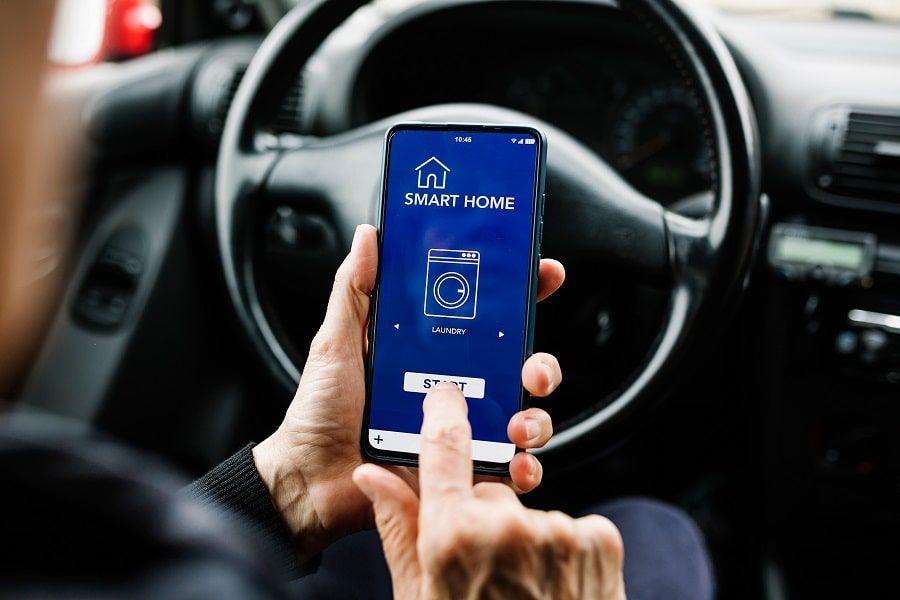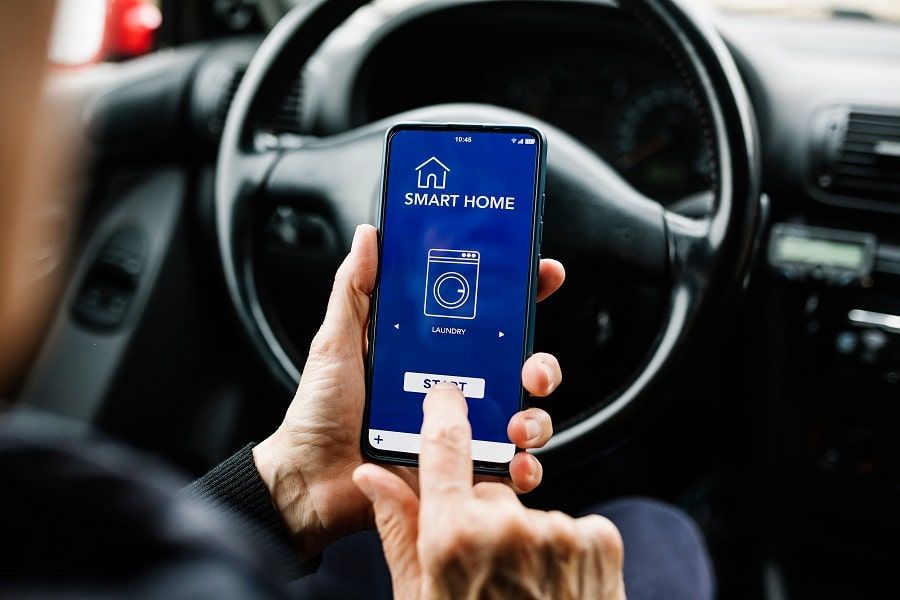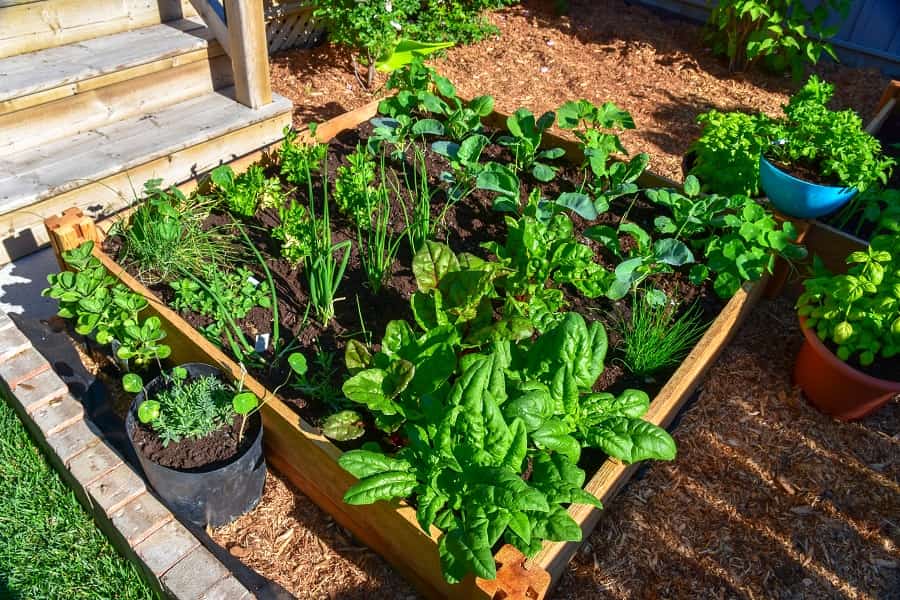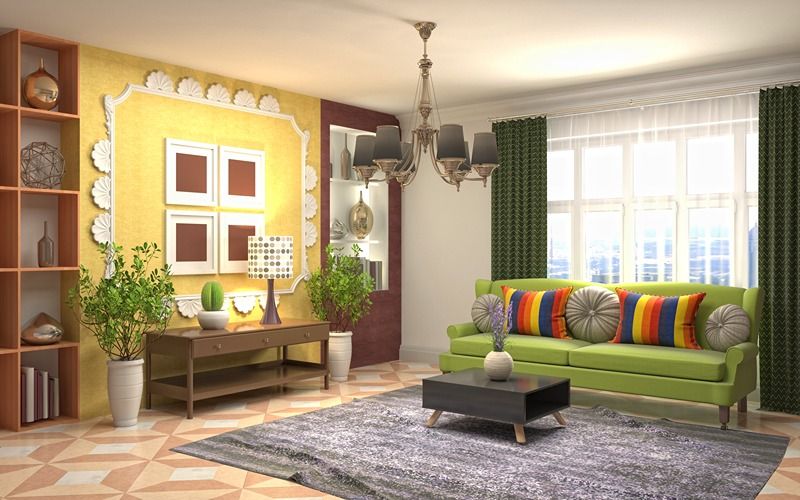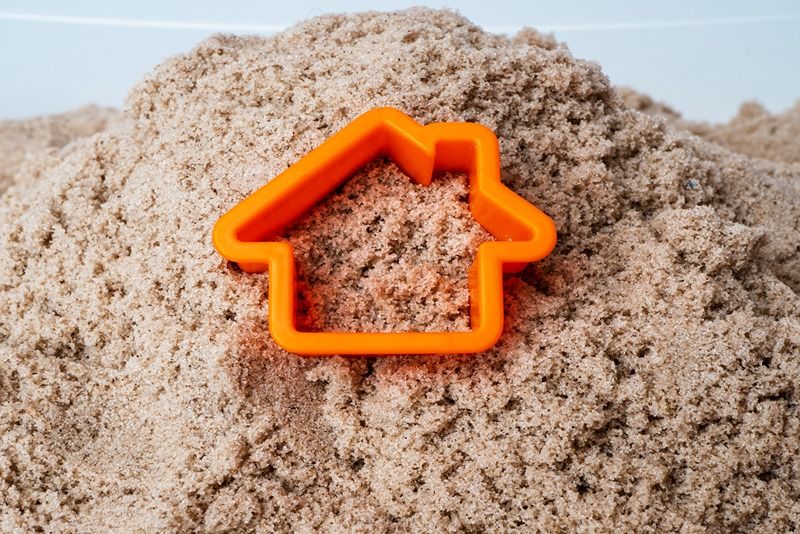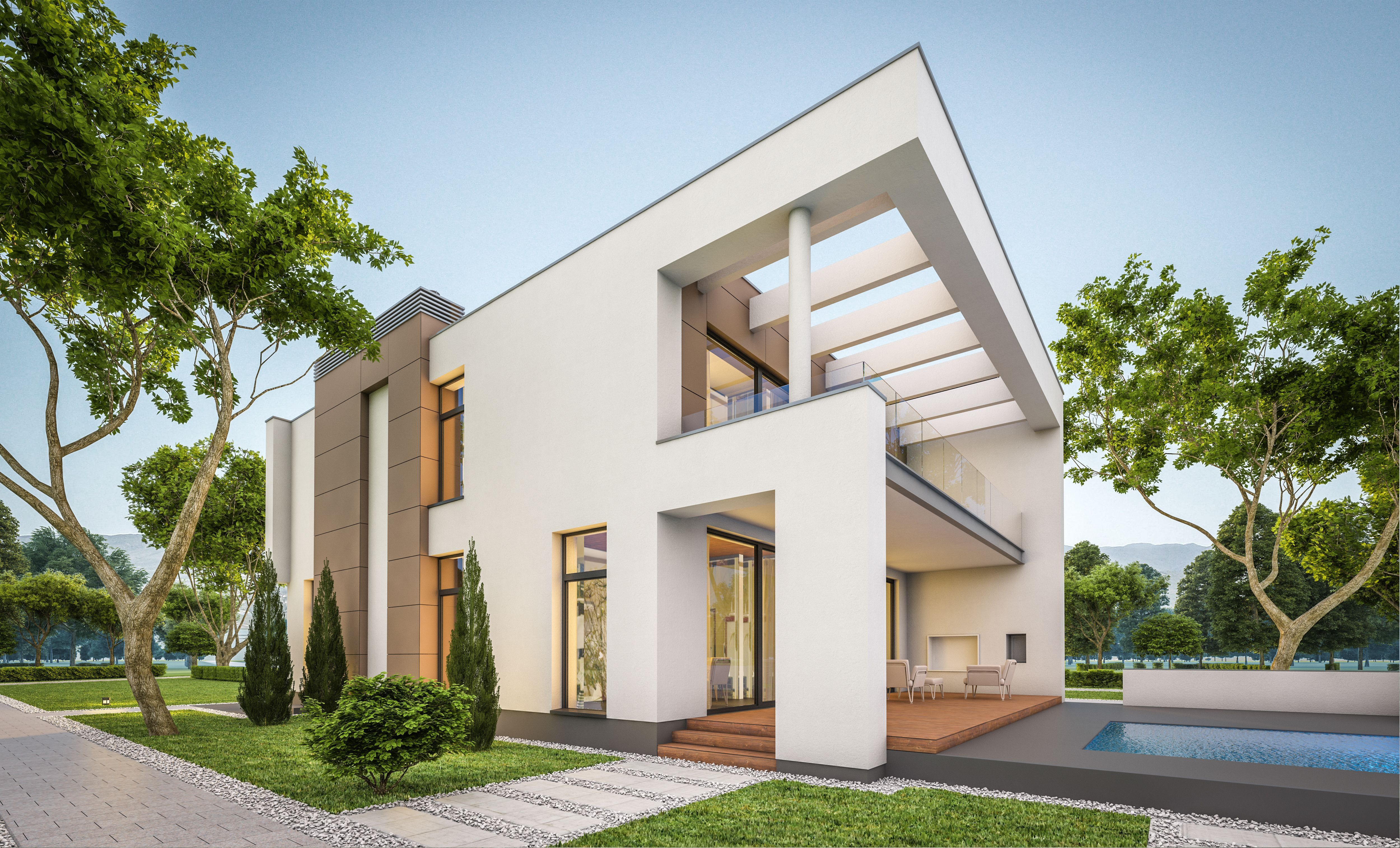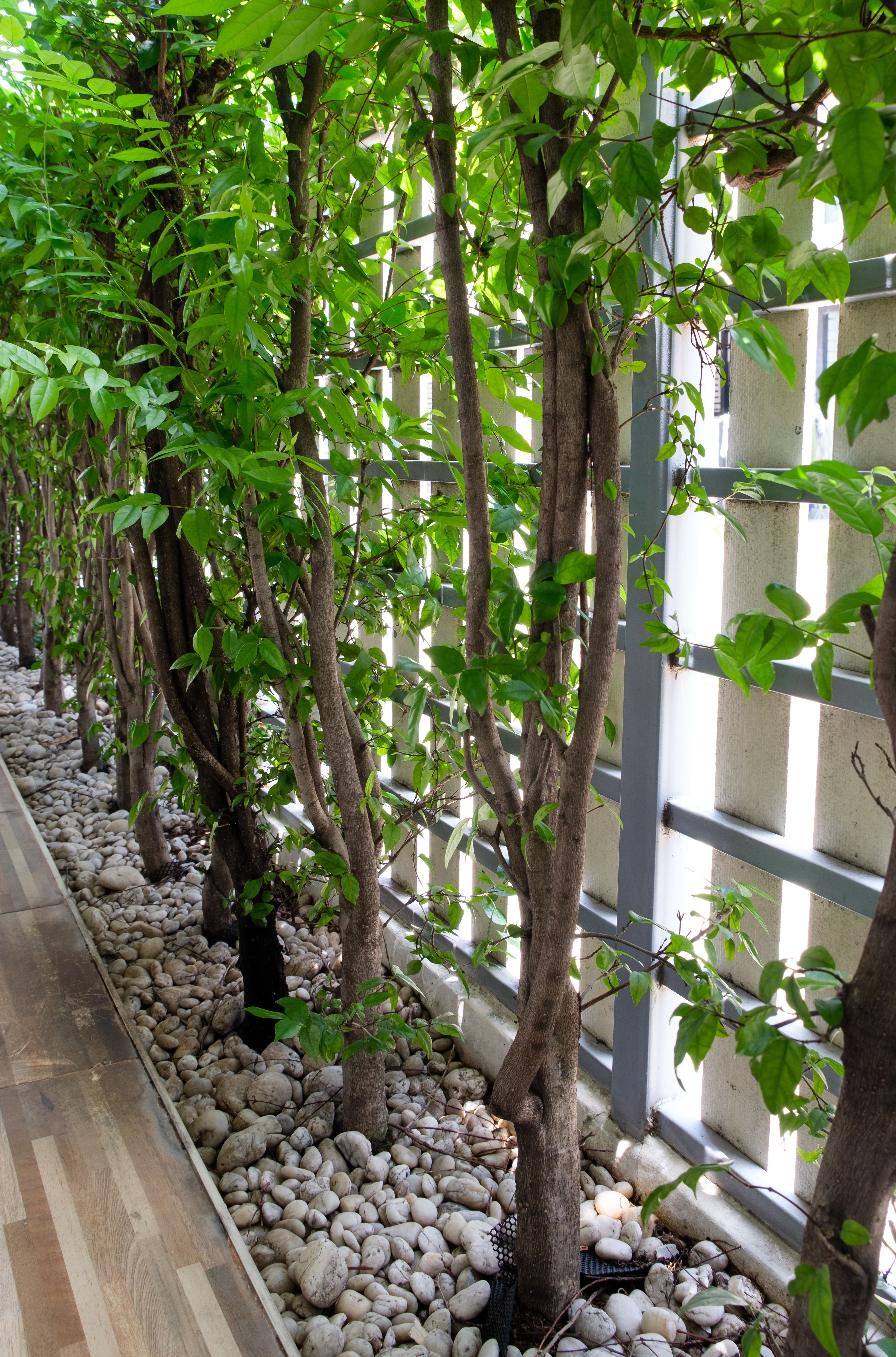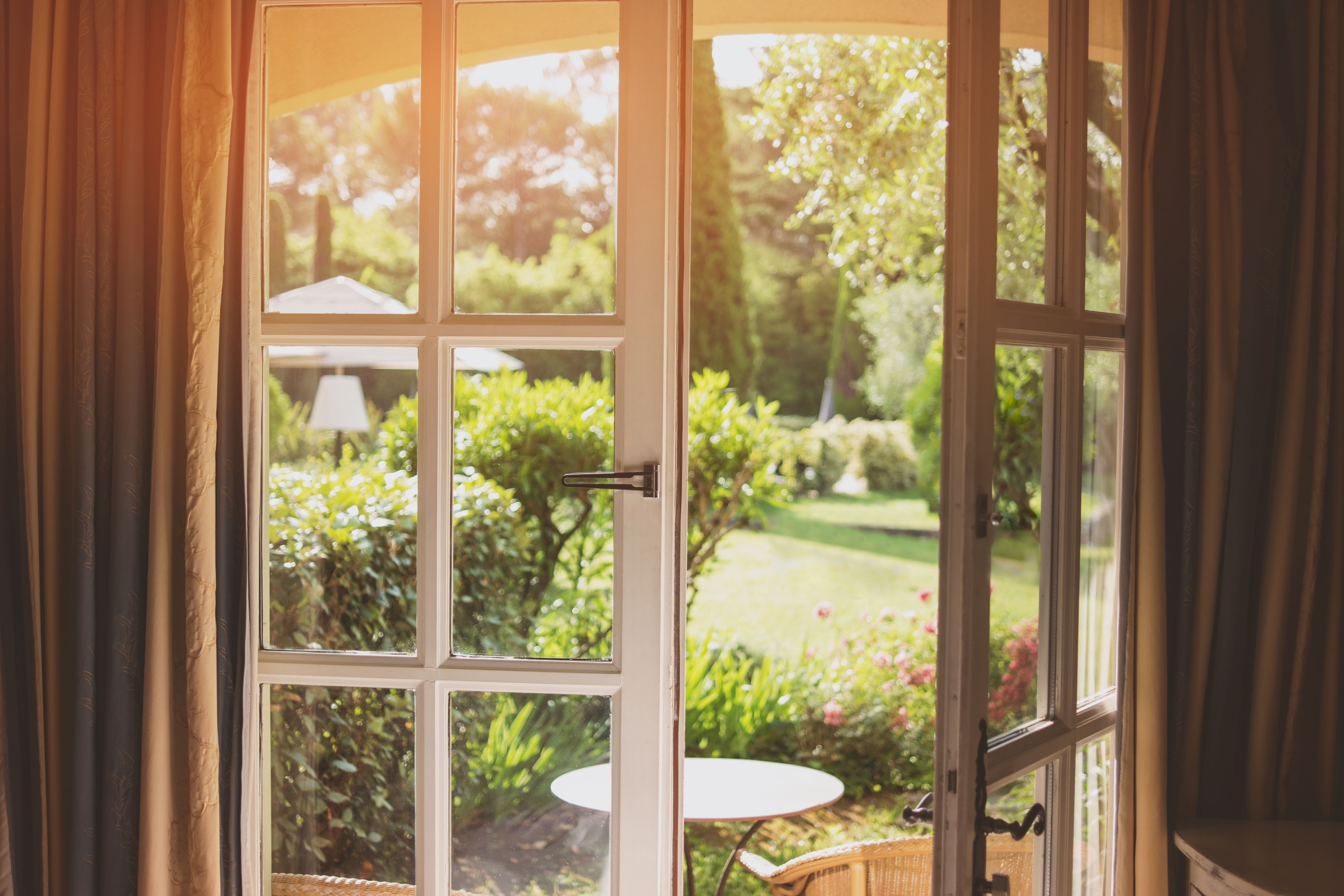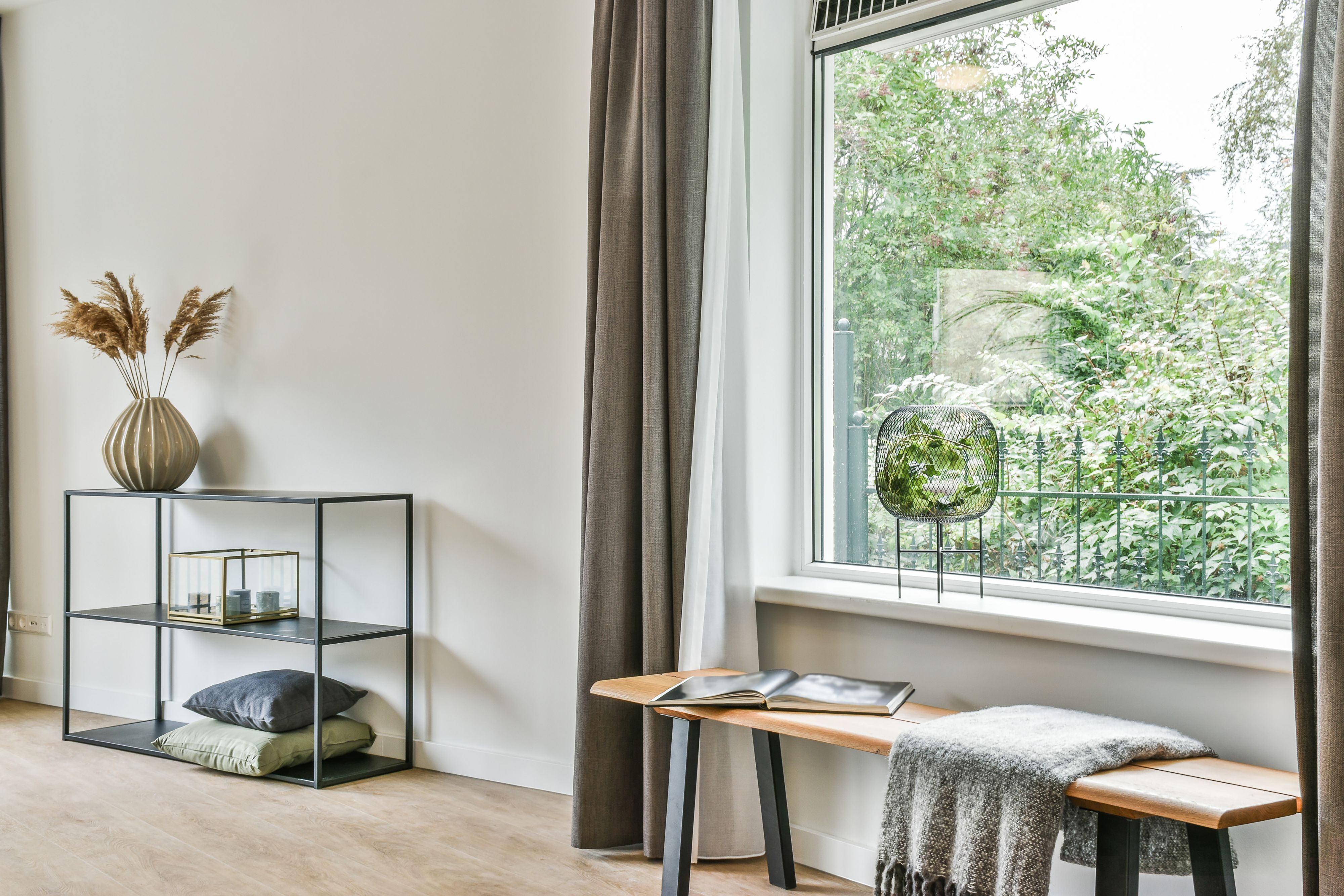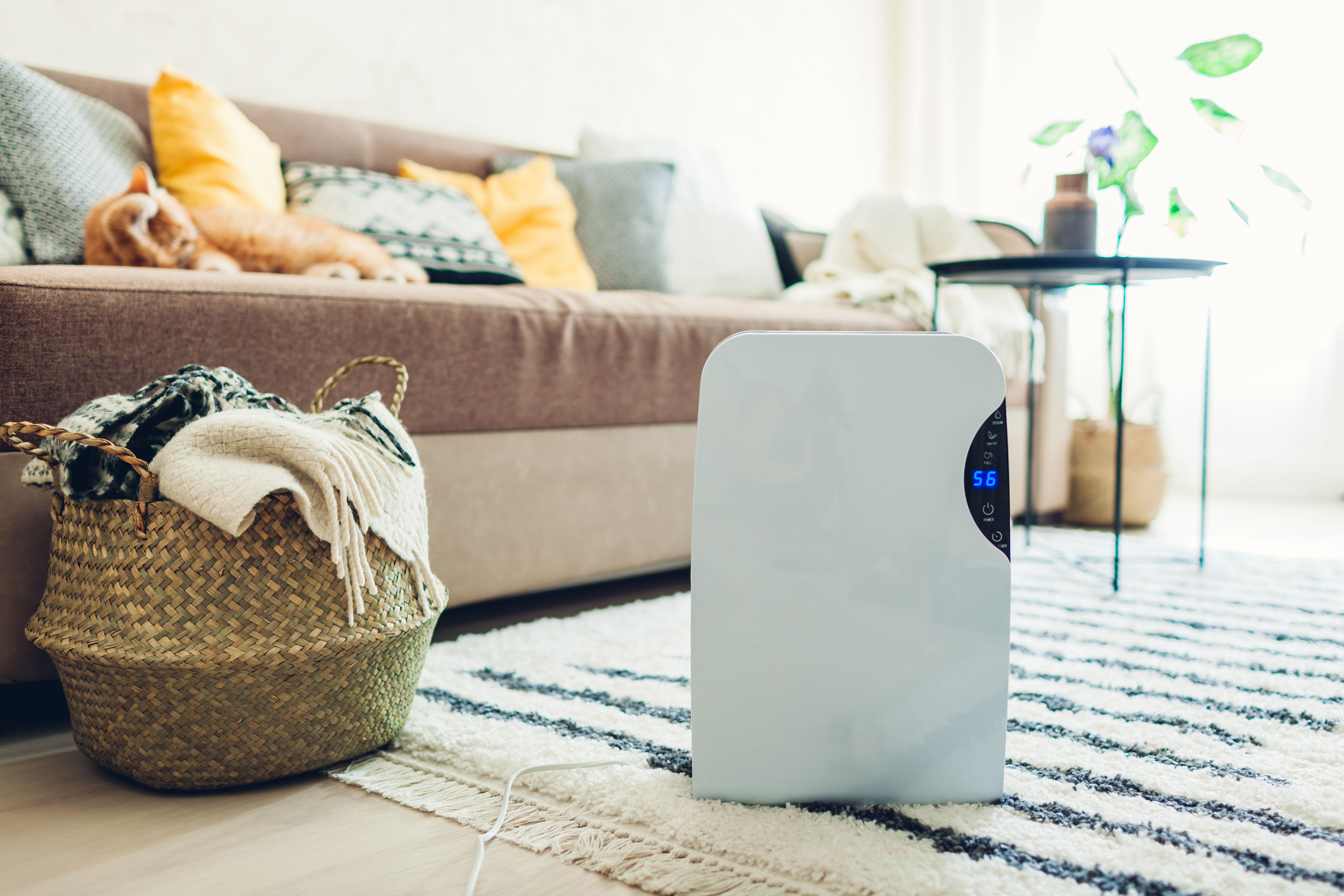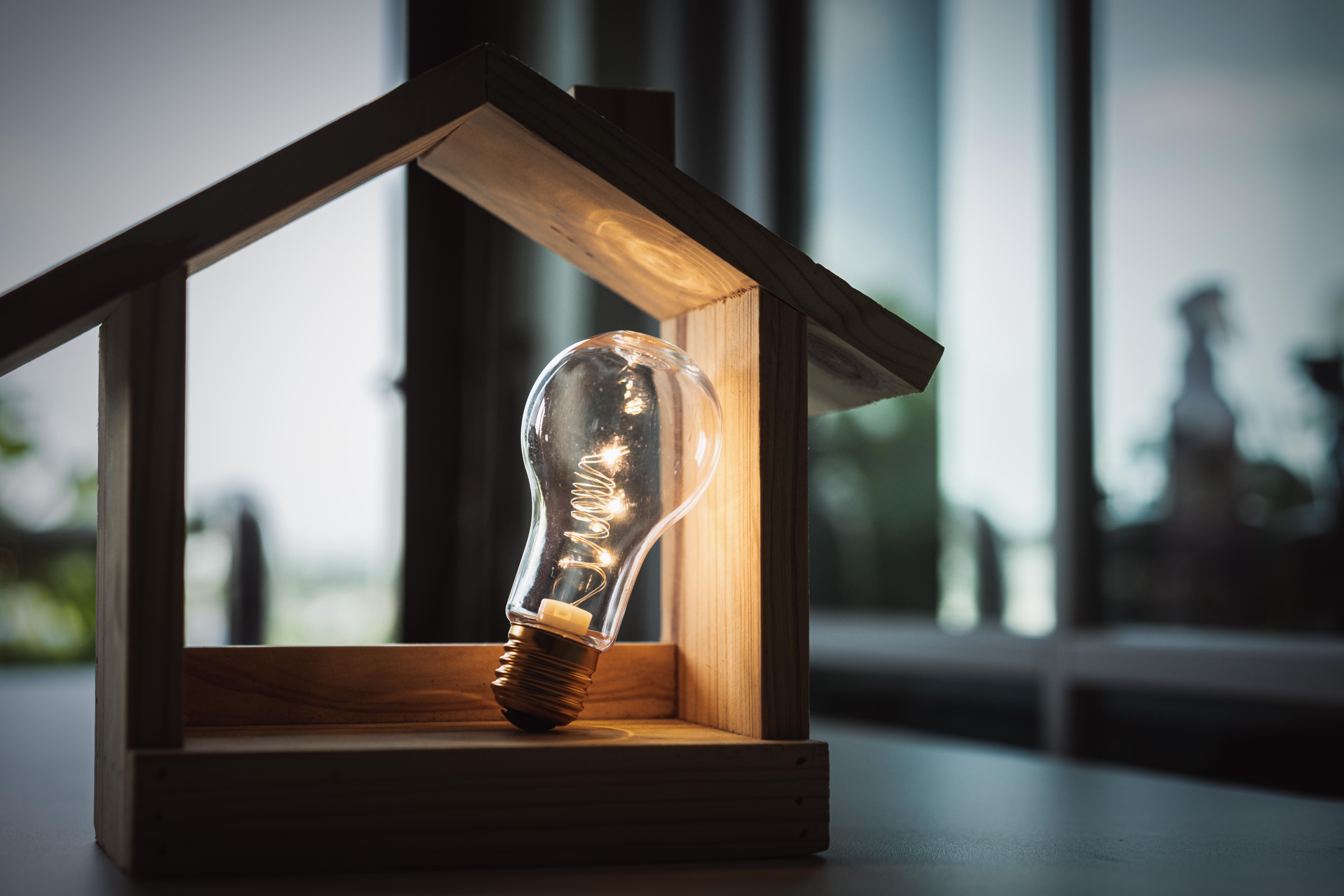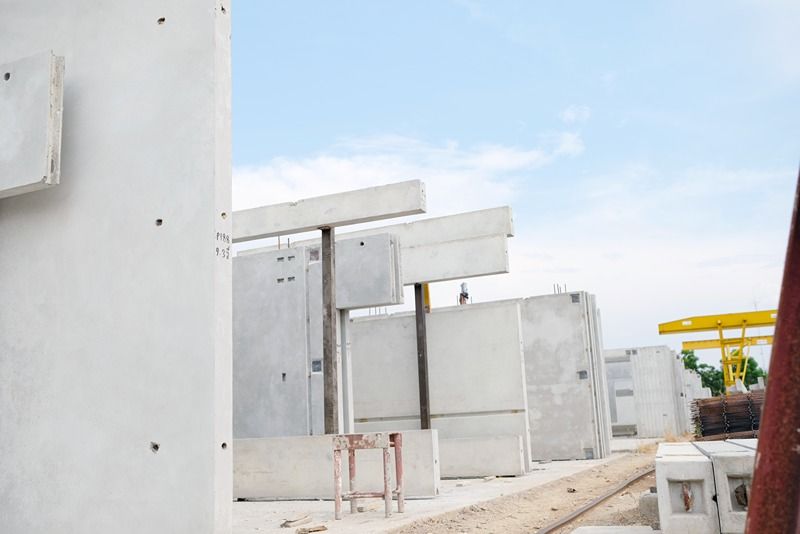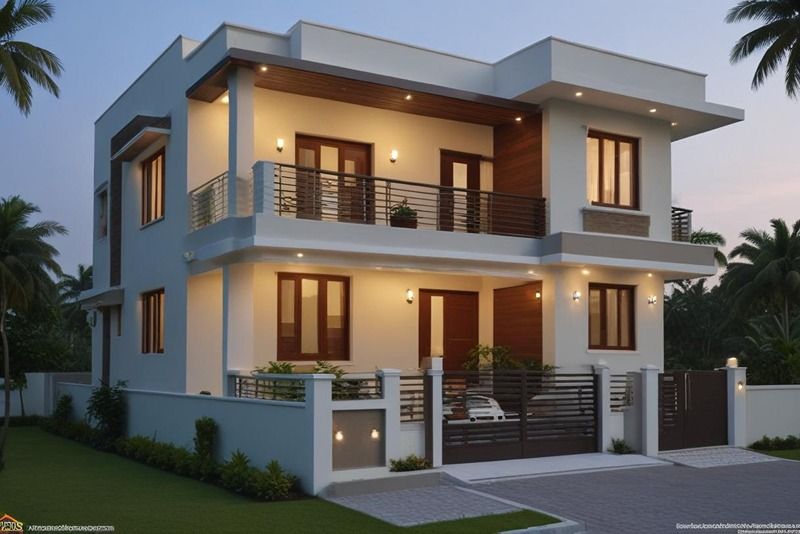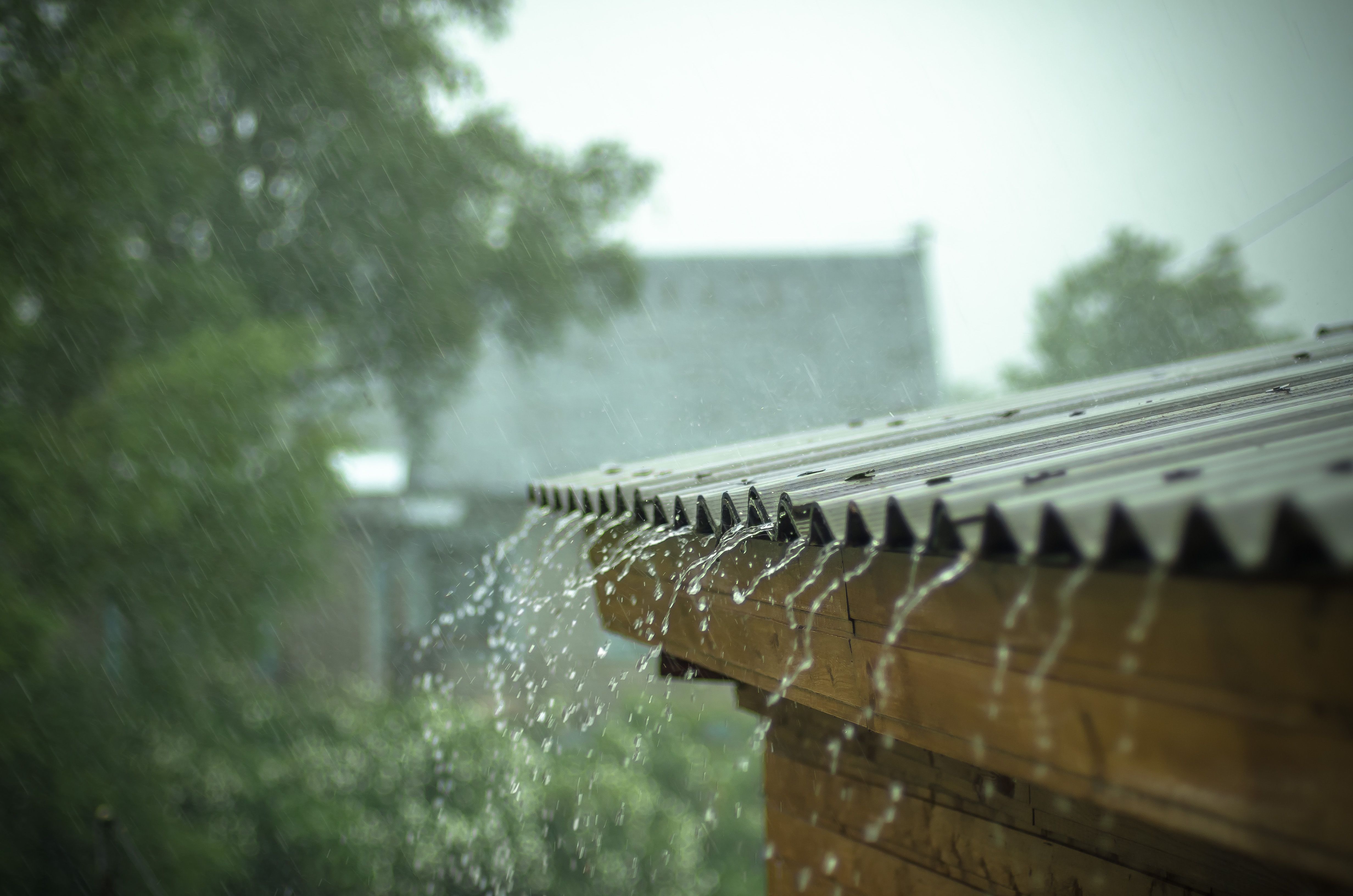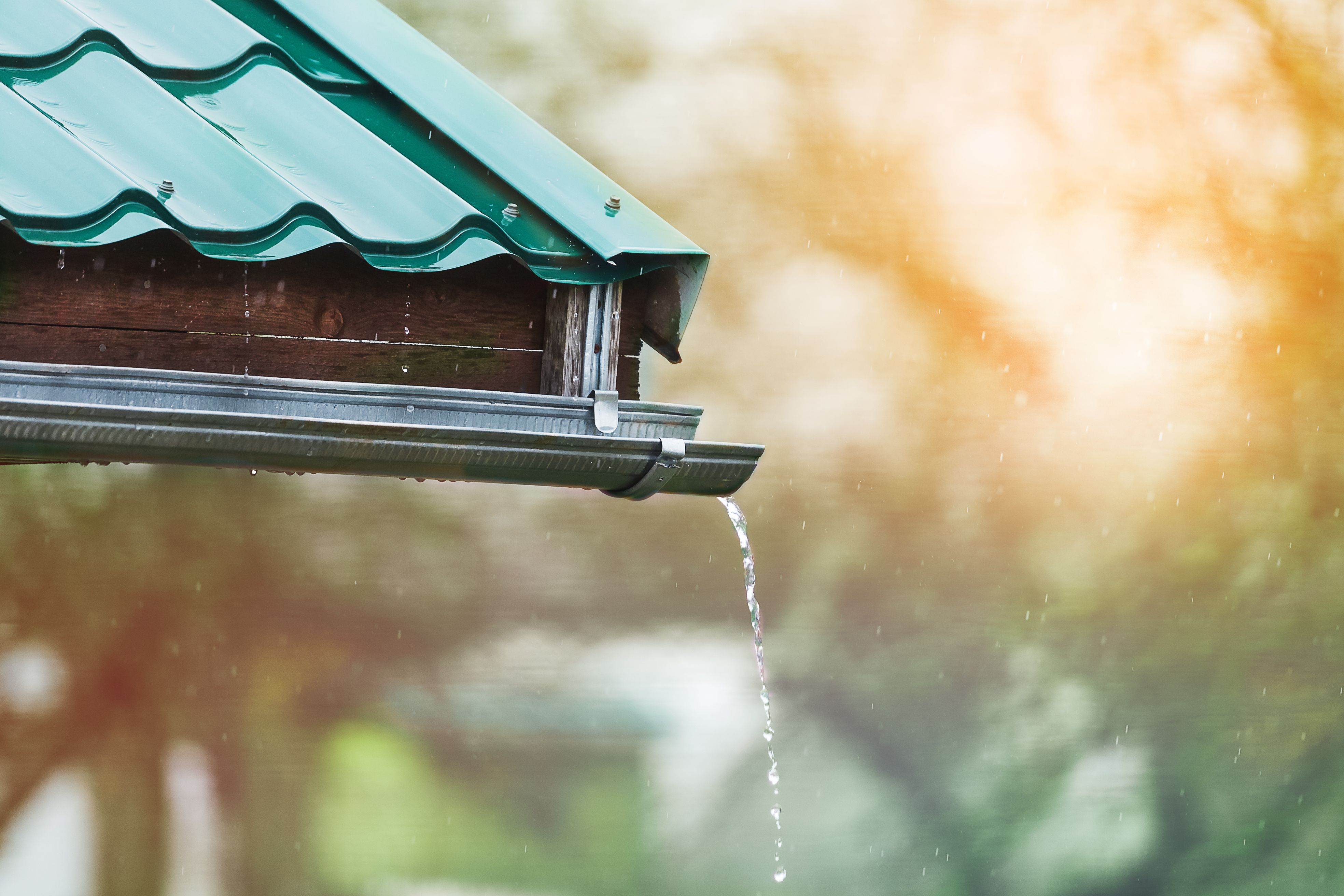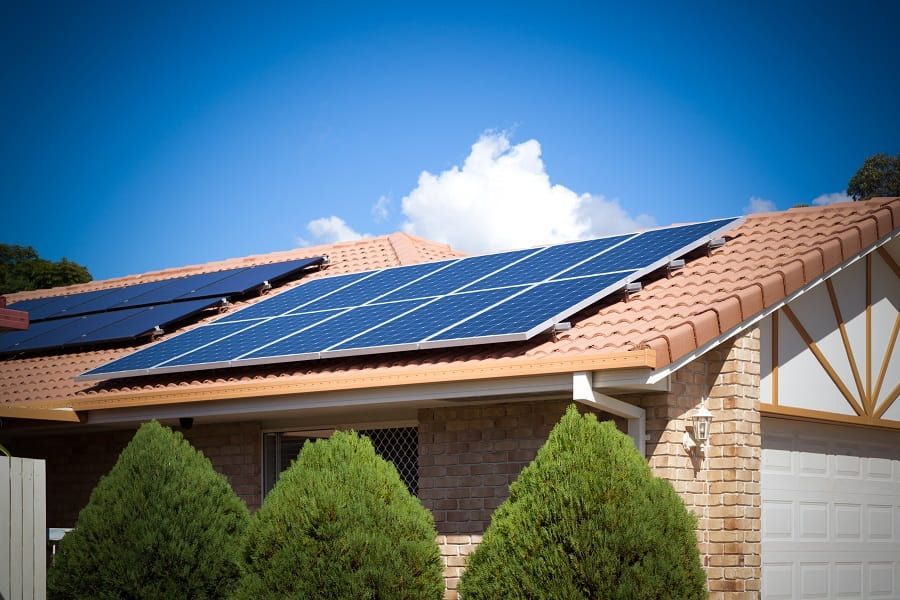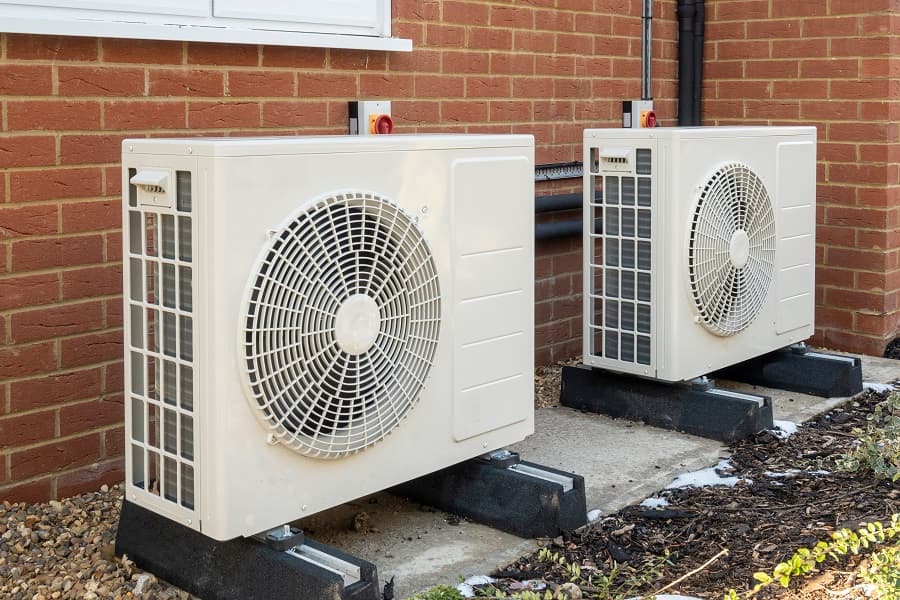In recent years, the cost of electricity around the country has increased significantly. In a developing country such as India, there is an urgency to have a power supply that is efficient and regular to support the citizens and businesses of its growing economy. So, making a switch to more dependable and cost-saving methods of producing energy is a priority.
Indians are generally highly driven by the price that they need to pay for a service or commodity, which makes solar panels the most ideal alternative to traditional ways of producing electricity. Of the myriad benefits provided by home solar panels, the most important benefit is cost saving.
To elaborate further, solar panels for homes help you save costs because of the following factors.
1. Price of electricity
The price of electricity is increasing with each passing day with an increase in usage. Installing home solar panels will enable you to generate your own electricity and minimise the power you eventually consume from the grid, thus reducing or even eliminating power bills. Moreover, there is constant fluctuation in electricity costs, which makes planning your expenditure a real challenge. With home solar panels installed, you can plan your expenditure in an easier manner because the costs remain almost constant.
